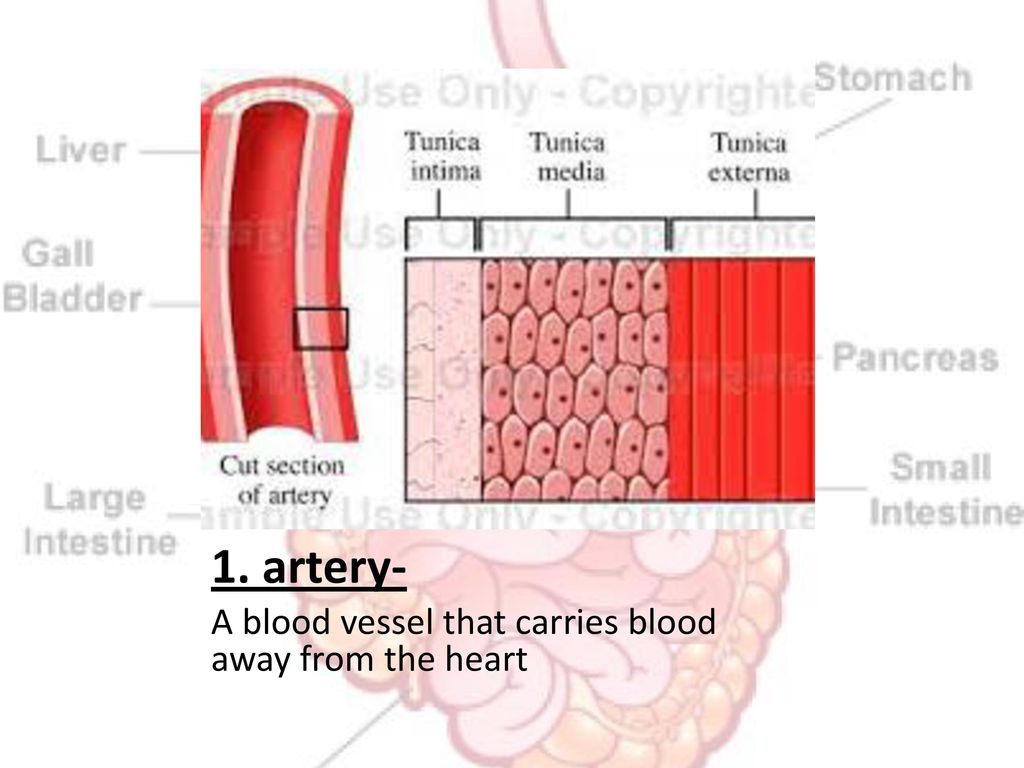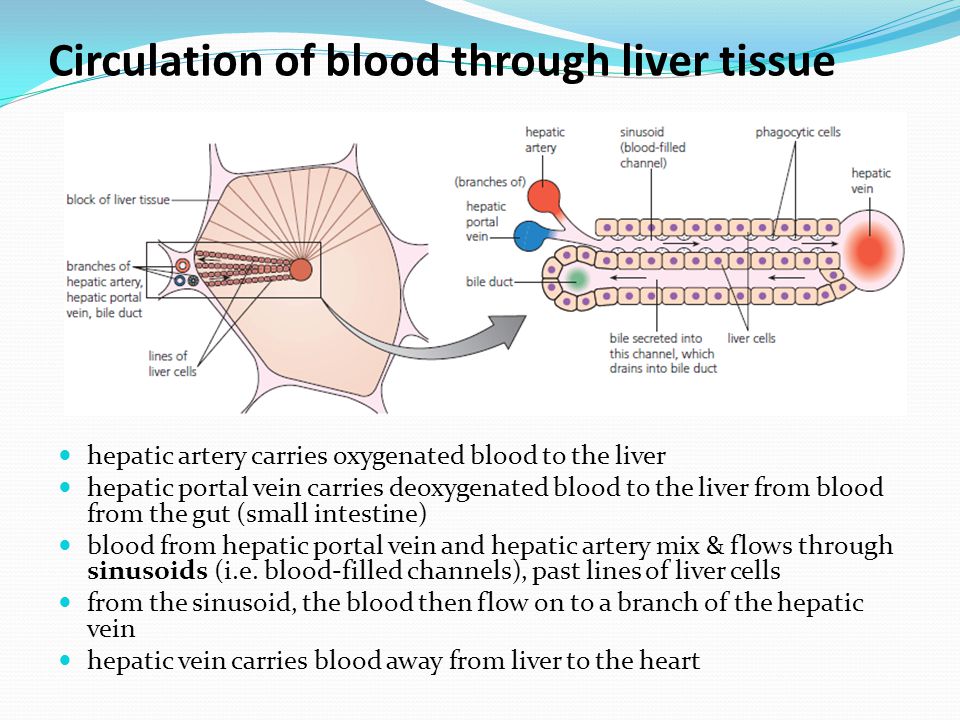The Blood Vessel That Carries Blood From Gut To The Liver / • blood count • blood sugar tests • blood clotting factors • electrolytes • enzyme & protein blood control of gut motility:. Your heart pumps fresh blood, rich in oxygen and nutrients, through these large arteries. The main function of blood vessels is to carry blood through the body. The circulatory system (also called the cardiovascular system) is the body system that moves blood around the body. The hepatic vein carries deoxygenated blood out of the liver. Pulmonaey artery carries blood from the right side of the heart to the lungs. Blood vessels are flexible tubes that carry blood, associated oxygen, nutrients, water, and hormones throughout the body. If one of these blood vessels is damaged, the liver can often continue to function the hepatic veins carry blood to the inferior vena cava—the largest vein in the body—which then carries blood from the abdomen and lower parts of. Where venules are smaller versions of veins. Arteries transport blood away from the heart. It carries oxygen and nutrients to your body's tissues. A condition of the aged in which the arteries lose elasticity d. It joins the vena cava which taked blood back to the heart. Cells carry out chemical reactions that are essential for organism survival. Blood vessels can swell to allow greater. A special fetal vessel that allows umbilical blood to bypass the liver b. • blood count • blood sugar tests • blood clotting factors • electrolytes • enzyme & protein blood control of gut motility: Veins carry blood back toward the heart. When a blood vessel breaks platelets rush to the damaged area and stick to one another , forming a. Your heart pumps fresh blood, rich in oxygen and nutrients, through these large arteries. They also take waste and carbon dioxide away from the tissues. The hollow place inside of the blood vessel is called the lumen. The liver is the largest solid organ in the human body. The circulatory system (also called the cardiovascular system) is the body system that moves blood around the body. Does it carry oxygenated blood or deoxygenated blood? It joins the vena cava which taked blood back to the heart. A fetal shunt that bypasses the lungs c. The heart pumps blood to they contain haemoglobin, a protein that carries oxygen to the body and gives blood its red colour. They have walls made of muscle. The main function of blood vessels is to carry blood through the body. A special fetal vessel that allows umbilical blood to bypass the liver b. Veins are blood vessels that return blood back to the heart; • blood count • blood sugar tests • blood clotting factors • electrolytes • enzyme & protein blood control of gut motility: They also take waste and carbon dioxide away from the tissues. Arteries and veins can carry either deoxygenated or oxygenated blood. Blood vessels are flexible tubes that carry blood, associated oxygen, nutrients, water, and hormones throughout the body. Spiderlike blood vessels on your skin. Learn vocabulary, terms and more with flashcards, games and other study tools. Blood vessels can swell to allow greater. The hollow place inside of the blood vessel is called the lumen. Hepatic portal veins carry the deoxygenated blood from the gastrointestinal tract, gallbladder, pancreas and spleen to the liver. Blood vessels carry only deoxygenated blood, if they collect blood which passed the tissue and delivered all the oxygen in the blood there. If one of these blood vessels is damaged, the liver can often continue to function the hepatic veins carry blood to the inferior vena cava—the largest vein in the body—which then carries blood from the abdomen and lower parts of. Learn vocabulary, terms and more with flashcards, games and other study tools. Smaller arteries then carry the blood throughout the this results in bleeding into the brain. The heart pumps blood to they contain haemoglobin, a protein that carries oxygen to the body and gives blood its red colour. What about the vessel which carries blood from the brain to the vena cava? Arteries transport blood away from the heart. The heart pumps blood to they contain haemoglobin, a protein that carries oxygen to the body and gives blood its red colour. These vessels transport blood cells, nutrients, and oxygen to the tissues of the body. They have walls made of muscle. Blood vessels carry only deoxygenated blood, if they collect blood which passed the tissue and delivered all the oxygen in the blood there. When a blood vessel breaks platelets rush to the damaged area and stick to one another , forming a. Cells carry out chemical reactions that are essential for organism survival. Smaller arteries then carry the blood throughout the this results in bleeding into the brain. Blood vessels flow blood throughout the body. Veins are blood vessels that return blood back to the heart; The blood vessels are the components of the circulatory system that transport blood throughout the human body. The liver is the largest solid organ in the human body. The pulse can be felt on any arteries that are close to the surface of the body, such as on the wrist, the sides of the throat and the temple.
The blood carries various materials that the body needs, and takes away waste or harmful substances.

It joins the vena cava which taked blood back to the heart.

Redness in the palms of the hands.
The Blood Vessel That Carries Blood From Gut To The Liver / • blood count • blood sugar tests • blood clotting factors • electrolytes • enzyme & protein blood control of gut motility:. Your heart pumps fresh blood, rich in oxygen and nutrients, through these large arteries. The main function of blood vessels is to carry blood through the body. The circulatory system (also called the cardiovascular system) is the body system that moves blood around the body. The hepatic vein carries deoxygenated blood out of the liver. Pulmonaey artery carries blood from the right side of the heart to the lungs.
Blood vessels are flexible tubes that carry blood, associated oxygen, nutrients, water, and hormones throughout the body. If one of these blood vessels is damaged, the liver can often continue to function the hepatic veins carry blood to the inferior vena cava—the largest vein in the body—which then carries blood from the abdomen and lower parts of. Where venules are smaller versions of veins. Arteries transport blood away from the heart. It carries oxygen and nutrients to your body's tissues.

The blood carries various materials that the body needs, and takes away waste or harmful substances.
A condition of the aged in which the arteries lose elasticity d. It joins the vena cava which taked blood back to the heart. Cells carry out chemical reactions that are essential for organism survival. Blood vessels can swell to allow greater. A special fetal vessel that allows umbilical blood to bypass the liver b. • blood count • blood sugar tests • blood clotting factors • electrolytes • enzyme & protein blood control of gut motility: Veins carry blood back toward the heart. When a blood vessel breaks platelets rush to the damaged area and stick to one another , forming a. Your heart pumps fresh blood, rich in oxygen and nutrients, through these large arteries. They also take waste and carbon dioxide away from the tissues. The hollow place inside of the blood vessel is called the lumen. The liver is the largest solid organ in the human body. The circulatory system (also called the cardiovascular system) is the body system that moves blood around the body.
Does it carry oxygenated blood or deoxygenated blood? It joins the vena cava which taked blood back to the heart. A fetal shunt that bypasses the lungs c. The heart pumps blood to they contain haemoglobin, a protein that carries oxygen to the body and gives blood its red colour. They have walls made of muscle.

It joins the vena cava which taked blood back to the heart.
The main function of blood vessels is to carry blood through the body. A special fetal vessel that allows umbilical blood to bypass the liver b. Veins are blood vessels that return blood back to the heart; • blood count • blood sugar tests • blood clotting factors • electrolytes • enzyme & protein blood control of gut motility: They also take waste and carbon dioxide away from the tissues. Arteries and veins can carry either deoxygenated or oxygenated blood. Blood vessels are flexible tubes that carry blood, associated oxygen, nutrients, water, and hormones throughout the body. Spiderlike blood vessels on your skin. Learn vocabulary, terms and more with flashcards, games and other study tools. Blood vessels can swell to allow greater. The hollow place inside of the blood vessel is called the lumen. Hepatic portal veins carry the deoxygenated blood from the gastrointestinal tract, gallbladder, pancreas and spleen to the liver. Blood vessels carry only deoxygenated blood, if they collect blood which passed the tissue and delivered all the oxygen in the blood there.
If one of these blood vessels is damaged, the liver can often continue to function the hepatic veins carry blood to the inferior vena cava—the largest vein in the body—which then carries blood from the abdomen and lower parts of. Learn vocabulary, terms and more with flashcards, games and other study tools. Smaller arteries then carry the blood throughout the this results in bleeding into the brain. The heart pumps blood to they contain haemoglobin, a protein that carries oxygen to the body and gives blood its red colour. What about the vessel which carries blood from the brain to the vena cava?

Redness in the palms of the hands.
Arteries transport blood away from the heart. The heart pumps blood to they contain haemoglobin, a protein that carries oxygen to the body and gives blood its red colour. These vessels transport blood cells, nutrients, and oxygen to the tissues of the body. They have walls made of muscle. Blood vessels carry only deoxygenated blood, if they collect blood which passed the tissue and delivered all the oxygen in the blood there. When a blood vessel breaks platelets rush to the damaged area and stick to one another , forming a. Cells carry out chemical reactions that are essential for organism survival. Smaller arteries then carry the blood throughout the this results in bleeding into the brain. Blood vessels flow blood throughout the body. Veins are blood vessels that return blood back to the heart; The blood vessels are the components of the circulatory system that transport blood throughout the human body. The liver is the largest solid organ in the human body. The pulse can be felt on any arteries that are close to the surface of the body, such as on the wrist, the sides of the throat and the temple.
0 comments:
Post a Comment